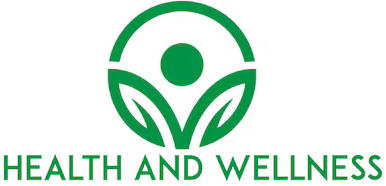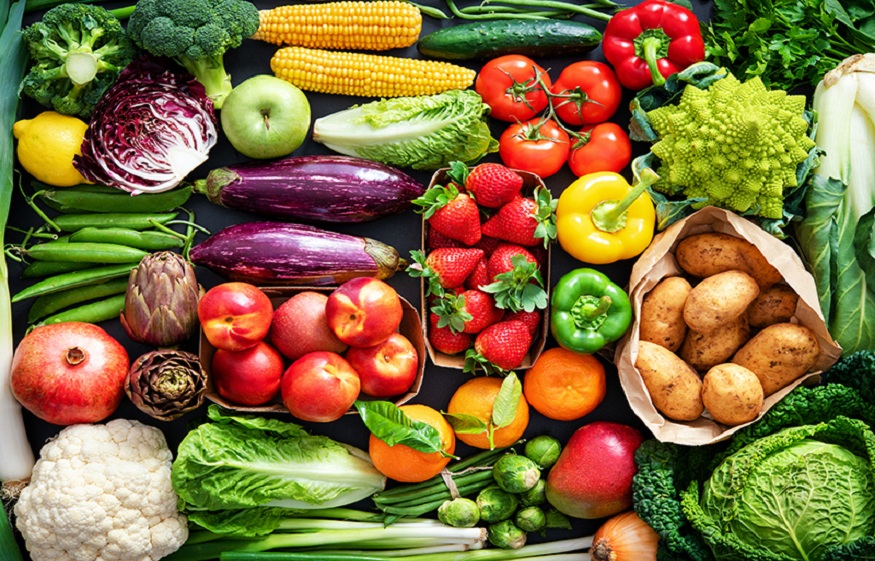Eating healthy is what more and more French people are looking for, and they’re now much more concerned about the quality of the food on their plates. Yes, but eating organic comes at a cost. Food, which is a public health and environmental criterion, can also become a source of social division. How can you eat organic while staying within your budget? Here are some tips.
Organic: we talk about it, but what is it exactly?
Once perceived as marginal and intended for a category of “bobo” consumers, organic consumption is today a truly central issue for society. Eating better, eating healthy, and knowing what we put on our plates and what we feed our children: these are roughly the goals of consumers today. But do we really know how a product can be described as organic?
A product that can be called organic complies with the new European Regulation (EU) 2018/848 , which specifies all the rules to be followed regarding the production, processing, distribution, importation, control, and labeling of organic products. In France, an organic product must meet precise and demanding specifications that define all the rules to be respected by the farmer or manufacturer. Certification bodies like Ecocert are responsible for monitoring their proper implementation. To simplify, an organic food is without fertilizers, pesticides, colorings, industrial flavorings, etc., without synthetic inputs. It therefore requires work that respects the land and the environment. Organic foods can be identified by the following two labels:
This logo has remained optional since the Eurofeuille logo was introduced;
It is mandatory for organic products.
Organic farming: no synthetic chemicals, no GMOs
Of course, organic farming cannot use any synthetic chemicals, such as pesticides, and does not allow any GMOs (Genetically Modified Organisms) beyond the “threshold of 0.9% of accidental and technically unavoidable presence.” To avoid damage to crops caused by pests, diseases and weeds, organic farming favors alternative solutions:
Biological control of parasites and diseases (plant manure, ladybugs, etc.), and the use of natural products,
The use of manure, compost and green manures, to amend and fertilize,
Mechanical weeding to combat weeds,
Organic farming is not at all the same approach as conventional farming or factory farms where animals number in the hundreds, even thousands. Here, particular attention is paid to animal welfare , which implicitly leads to more pleasant arrangements: a larger space for them to shake off, lie down, eat, sleep, etc. With, obviously, outdoor access since farm animals are, by nature, animals that go out into the meadow for cows, that scratch the ground in search of worms for chickens,
Furthermore, for the meat from these animals to be considered organic, it is essential that these animals are fed exclusively with organic food , while being treated with natural products, alternative medicines first and foremost. Finally, when the animals are slaughtered, ideally on the farm to avoid the stress of transport in addition to everything else, it is essential that they are stunned before being slaughtered .
Processed products: can they really be organic?
What about processed products labeled organic? Processors are also required to adhere to precise specifications, including using processes that ensure the preservation of their original nutritional qualities.
Among the obligations that must be respected is obviously the prohibition on the use of synthetic additives such as colorings, chemical flavors or flavor enhancers. The 56 authorized additives, mostly of agricultural or natural origin (agar-agar, pectin, vegetable charcoal, etc.), aim to ensure good preservation of food, most of the time. An exception may sometimes concern baby food jars supplemented with vitamins, for example.
Otherwise, ionization intended to destroy microorganisms is prohibited for organic foods, as is the use of nanoparticles whose safety for health has not been established.

